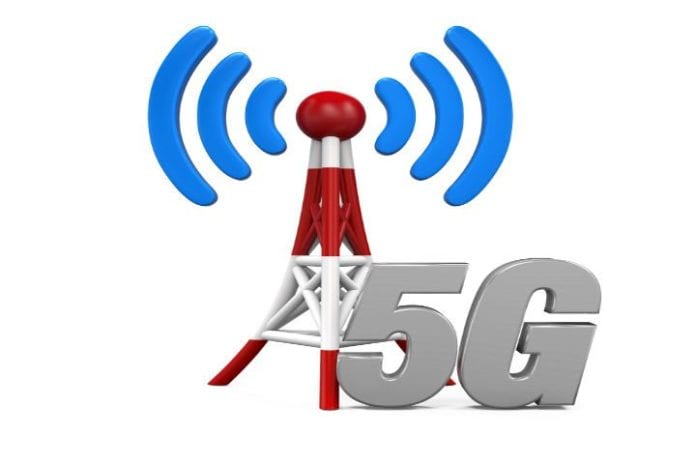Converging concepts
Fog computing is expected to play a major role in meeting the needs of future 5G networks. The technology has been boasted as an effective way to provide the low latency promised by the 5G New Radio standard. With plans to roll out nationwide 5G by 2020, the convergence of 5G and fog computing is anticipated to be an inevitable consequence of bringing processing tasks closer to the edge of an enterprise’s network.
What is fog computing?
Fog computing involves extending cloud capabilities, such compute, storage and networking services, through various nodes and IoT gateways. A major benefit of the technology includes the ability to run applications closer to the end user, processing data received from multiple endpoints. It is also more scalable in comparison to edge computing, providing an overall picture of a network based on information provided by various data points.
The need for fog computing in 5G networks
5G networks vow to decrease latency to sub-milliseconds, reducing infrastructure bottlenecks in return. To achieve this goal, 5G networks must support fog computing.
Communication in 5G networks will be driven by high-frequency millimeter waves. A general 5G cellular network would connect mobile users to a base station, which would be connected to the core network. Although low latency radio interfaces would provide sub-millisecond communication between the end user and base station, forwarding cloud-based application requests from the core network to the cloud would significantly increase latency. Consequently, 5G networks require moving processing power closer to the end user, which can be accomplished with fog computing.
Small cells and F-RAN
A major way in which 5G networks can enable fog computing is with “small cells.” Small cells is a term for low-powered radio access nodes, which can function in either licensed or unlicensed spectrum, and have a range between 10 meters and two kilometers. Small cells are installed in order to boost range and capacity in heavily populated urban areas, which cannot be supported by macrocells.
From the viewpoint of fog computing, both small and macro-based stations can be leveraged to achieve the ultra-low latency demanded by 5G networks. These network nodes could provide storage and computation power too. A fog computing-based radio access network (F-RAN) could provide 5G networks with high spectral and energy efficiency as well, drawing from capabilities in edge devices like local radio signal processing and distributed storage.
Challenges
While fog computing provides several benefits, it is still an emerging technology with details yet to be fully flushed out. Security and privacy issues exist due to certain features of the technology, such as mobility, heterogeneity and geographical distribution. Additionally, testing and auditing it can be expensive and complicated on account of the distribution of hardware and poor network connectivity.
For an in-depth look on how to monetize mobile-edge computing for 5G, click here.

